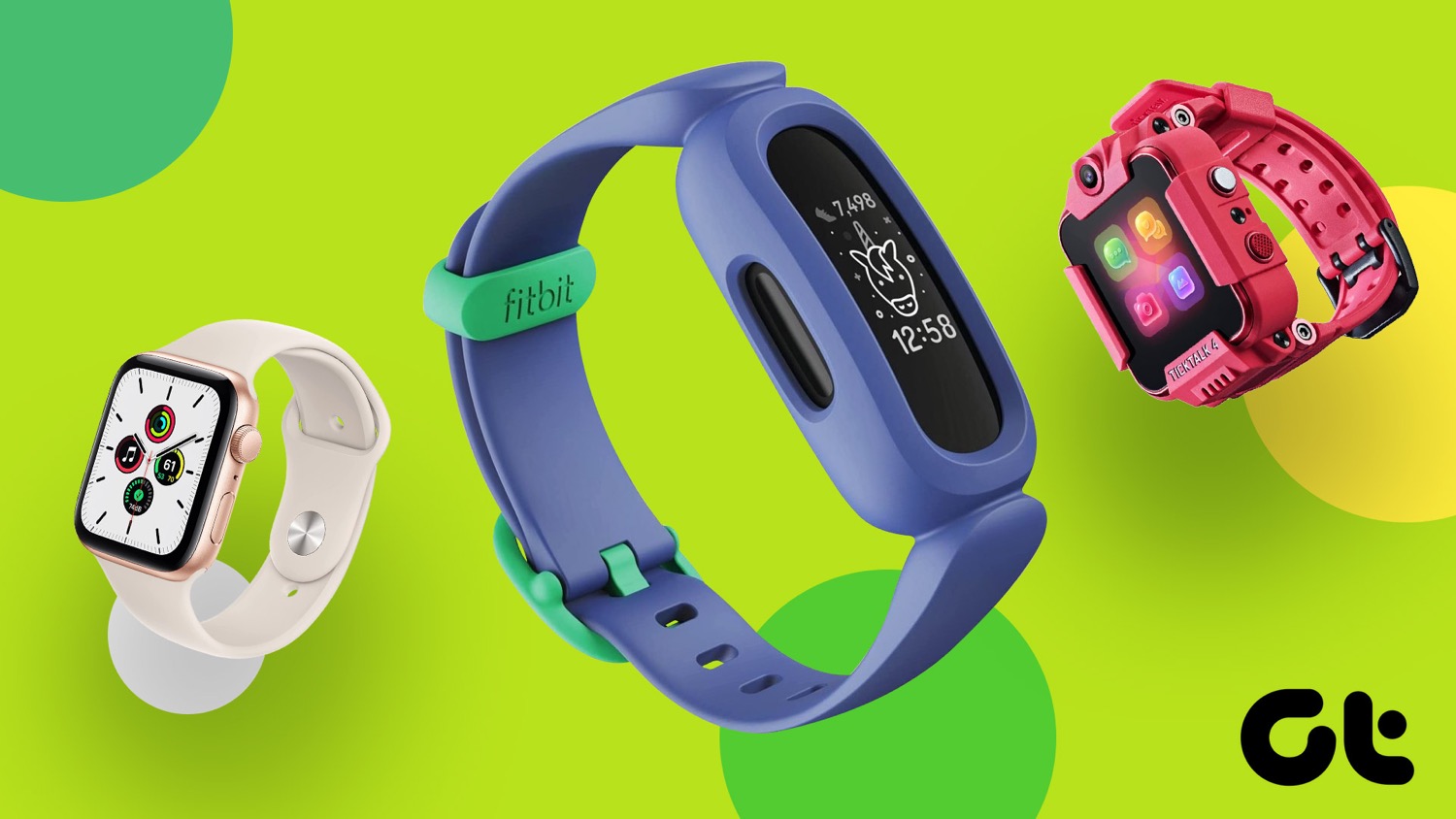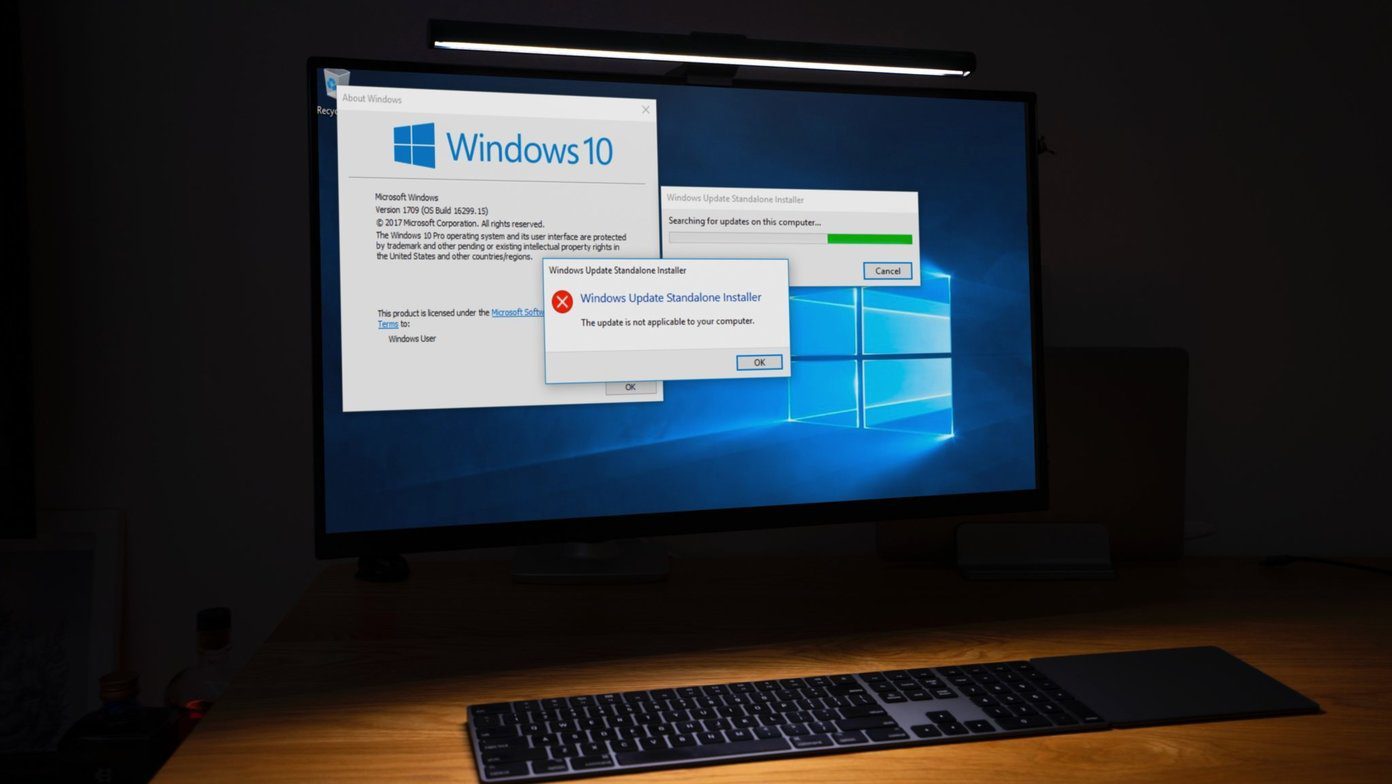Well, researchers from the Department of Food Science (FOOD) at the University of Copenhagen have been using lasers to study the makeup of crops. Ths includes those used in beer production. The information gained can be used to determine if the grain being used is good enough for the purpose it is intended for.
How It Works
The researchers made use of what is called a supercontinuum laser in their research. It can measure small objects such as grain rapidly, providing valuable information about its makeup. The supercontinuum laser can shine through a variety of different foods, providing information that previously was not accessible . This method of analysis is known as near-infrared spectroscopy. The laser can be used to essentially scan grain for fungus and infection. It can also be used to help sort grain according to its suitability for various purposes. For example, some grain is better for bread, while some is better for beer. Tine Ringsted, a postdoctoral researcher at the University, uses the laser to analyze the content of a dietary fiber called beta-glucan in grain. High content of beta-glucan is desirable in oats since it helps to lower cholesterol and blood sugar. However, with grain used for beer, beta-glucan is undesirable since it produces a cloudy substance in the brew. What’s awesome about this method of analysis is that it’s non-destructive. This means that after measurement, the grain can be sorted and subsequently used. It doesn’t have to be destroyed in order to gain useful information. Using supercontinuum lasers to analyze grain is a groundbreaking idea. However, a little more work is required before widespread use is seen in industry. Tine notes that in order for this to happen, a method of analyzing large quantities of grain relatively quickly must first be developed.
Final Thoughts
We have seen developments in recent years, of the nutritional information made available about food. There’s lots of information out there these days about what’s healthy or not. However, more developments like this are needed where crops can be analyzed non-destructively. This will allow for useful information to be gained while keeping crops intact. This helps to cut down on food wastage. In addition to providing information about beta-glucan content, the supercontinuum laser could also be used to provide useful information about how ripe fruits are. If you would like to hear more about how this intriguing tech works, please take a look at the video below which gives an overview of how it works.
The above article may contain affiliate links which help support Guiding Tech. However, it does not affect our editorial integrity. The content remains unbiased and authentic.











